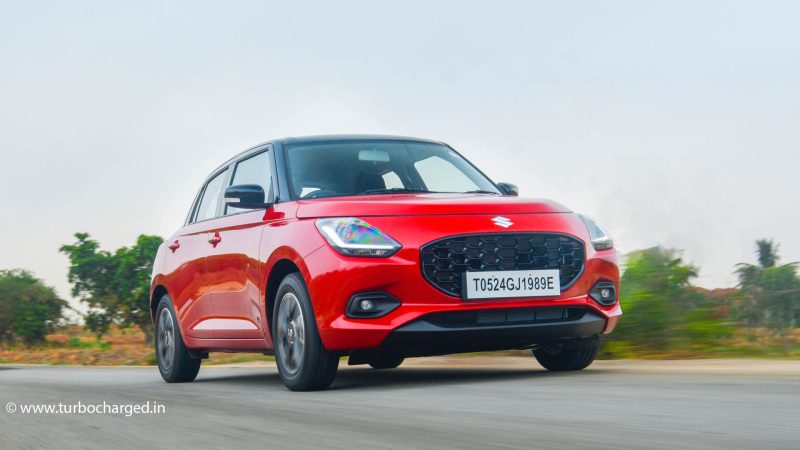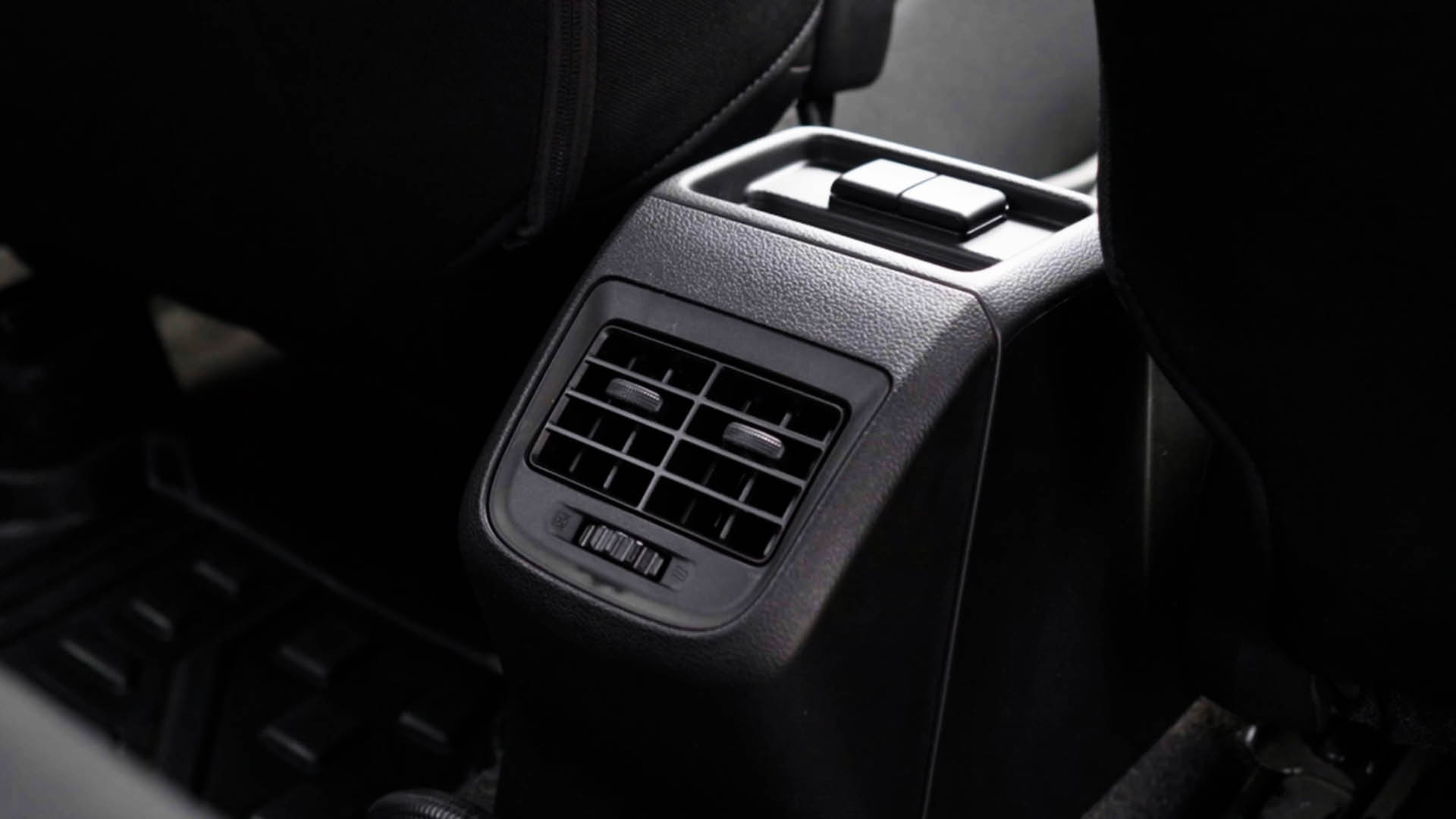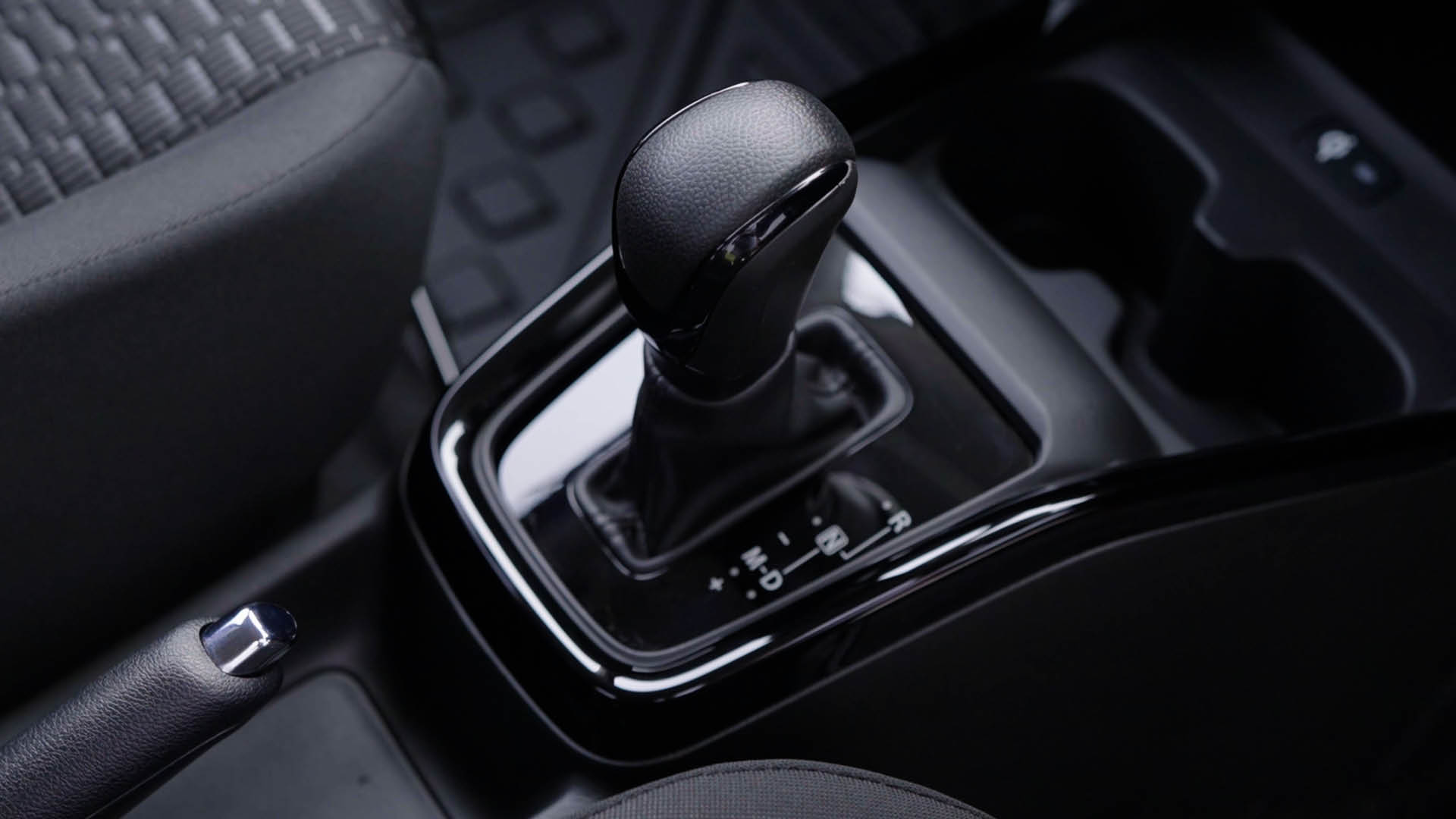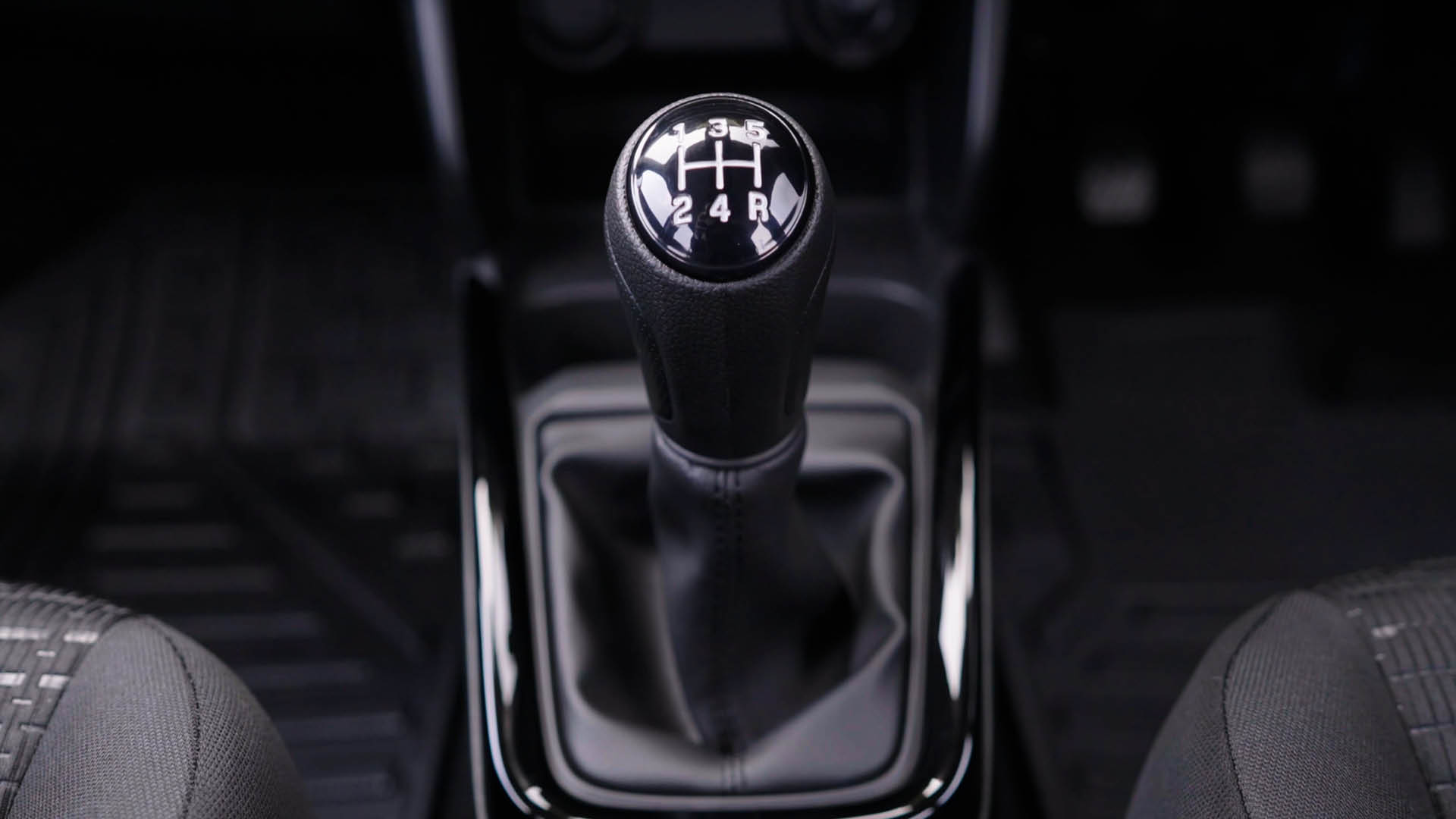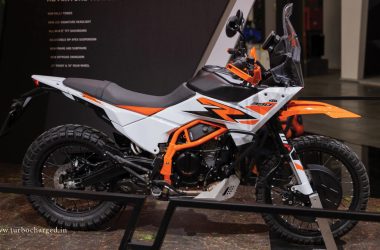Across its three generations, the Maruti Suzuki Swift has built the kind of cult following that no other hatchback has been able to in India. And no, it hasn’t been hailed for its sporty handling and peppy performance alone, because the Swift has also been the choice of family car buyers and those looking for a fuel efficient and easy to drive car. Maruti Suzuki has now launched the all-new, fourth generation Swift in India which comes with a raft of changes and also claims to be the most fuel efficient Swift yet. Will this new Swift continue the legacy of its past generations? Only one way to find out!
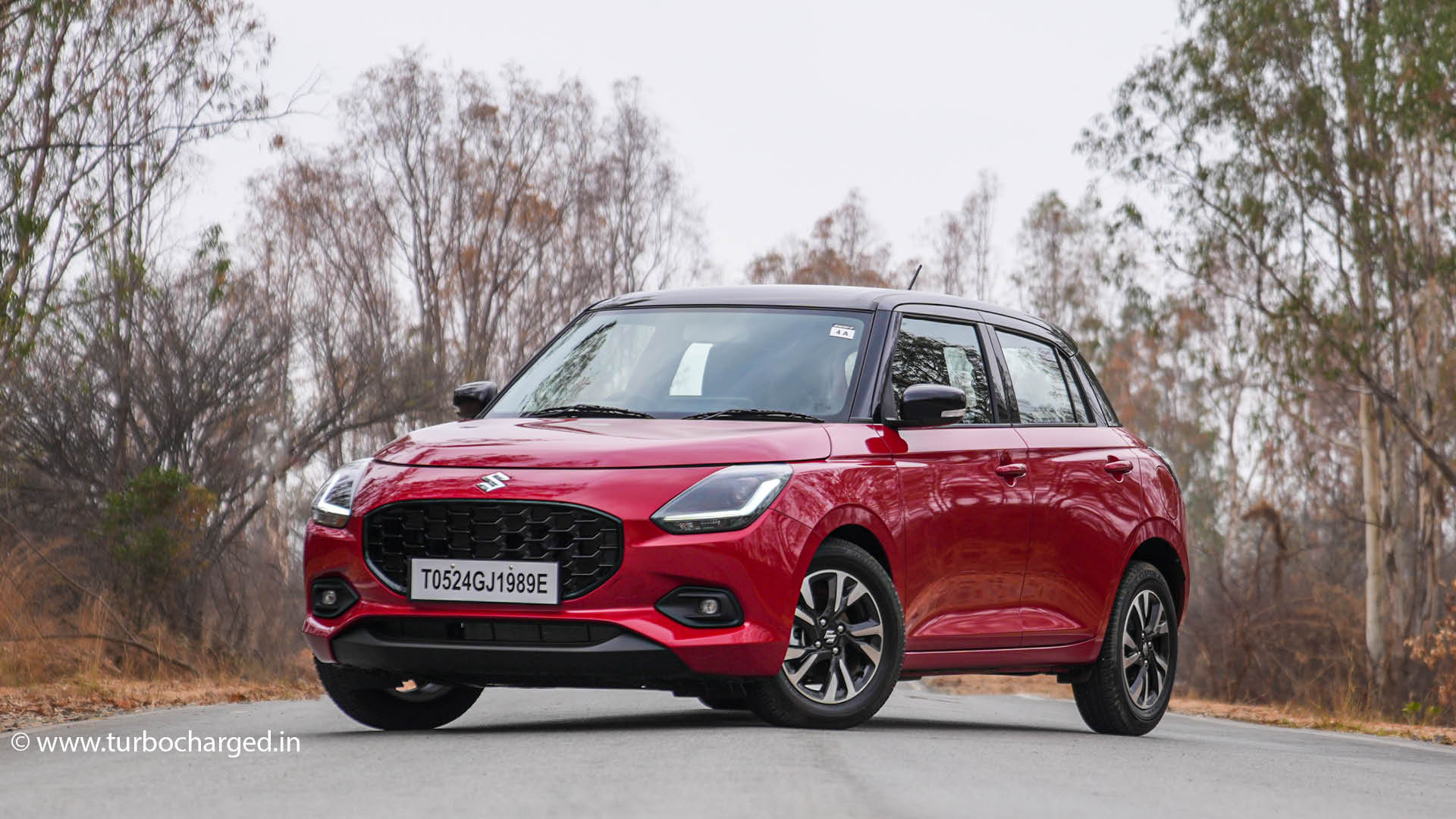
The first time I saw the Swift in flesh, back in 2005, it was wearing a unique turquoise blue colour and my first impression was of it being a European hatchback, given the design and hue both. The second generation Swift looked a lot sleeker just like the third generation Swift, the fourth generation version looks like an evolution of the second generation car. That’s not a bad thing at all though. It’s also important to note that given the Swift’s iconic status, moving away from the design language of the previous generations entirely would have been a bit of a risk. The new car is identifiable as a Swift instantly and if anything, the updated design only makes it look more premium. This holds true for the front end particularly, with the clamshell bonnet and sleek headlamps that integrate the DRLs. I also feel the new grille looks a lot better with its design and gloss black finish.
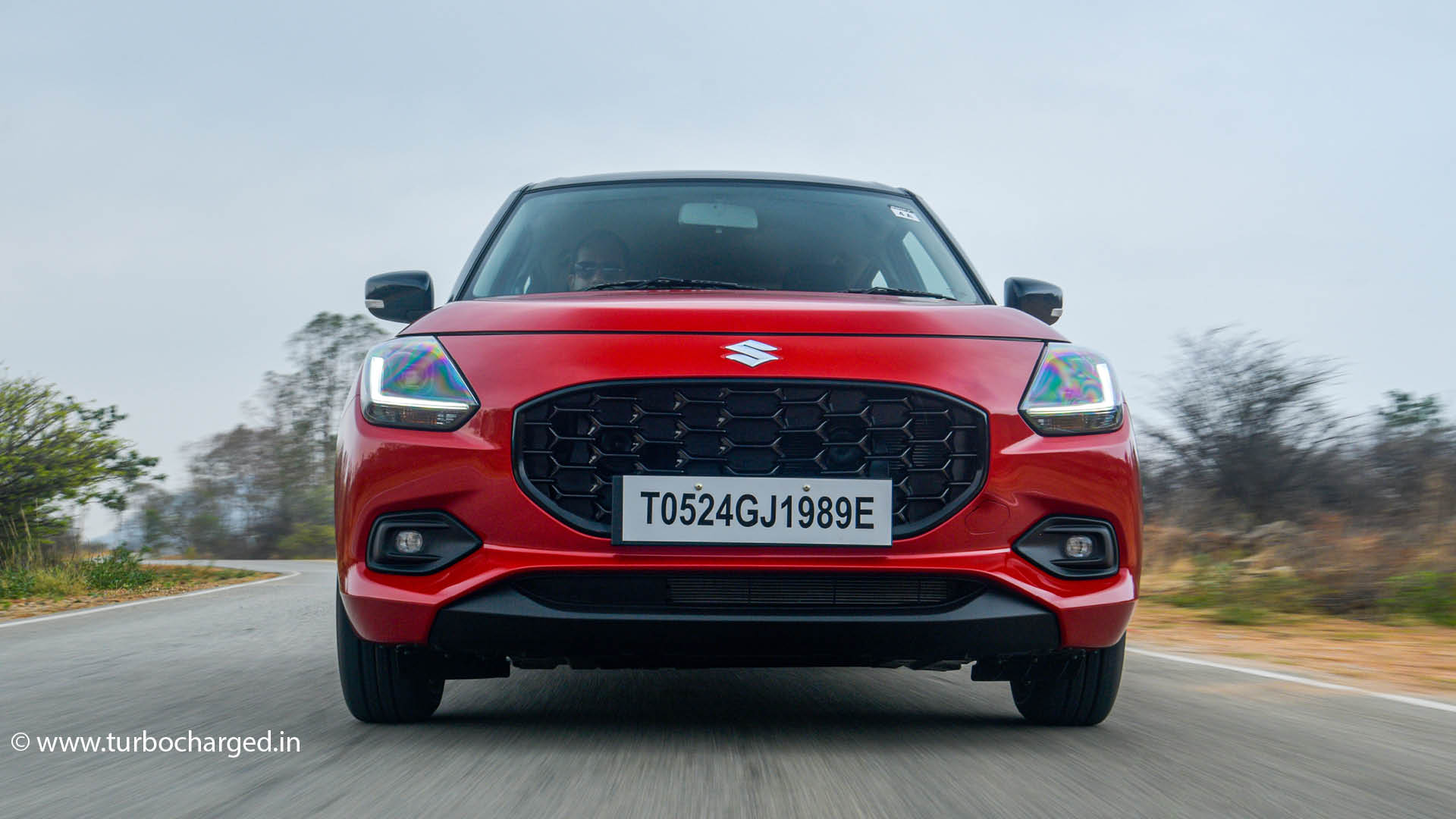
Interestingly, while we were shooting the car, a passer-by stopped to enquire about the car and even said it looks like the Mini Cooper with its design, red colour and contrasting black roof! The side profile reminds of the previous generation Swift too, while the crease on the shoulder line is new and makes a strong visual impact and has been matched to the hood perfectly. The new Swift is about 15mm longer and sits 10mm lower than its predecessor but the wheelbase and width remain unchanged. Lower variants run on 14-inch wheels while the top, ZXi variant runs on 15-inchers while look nice, but I would have liked the Swift to be offered with 16-inch wheels to add to its sportiness. Move to the rear and you’ll notice it’ s easy to identify the car as a Swift despite the new tail lamp design, which again adds to the sense of familiarity.
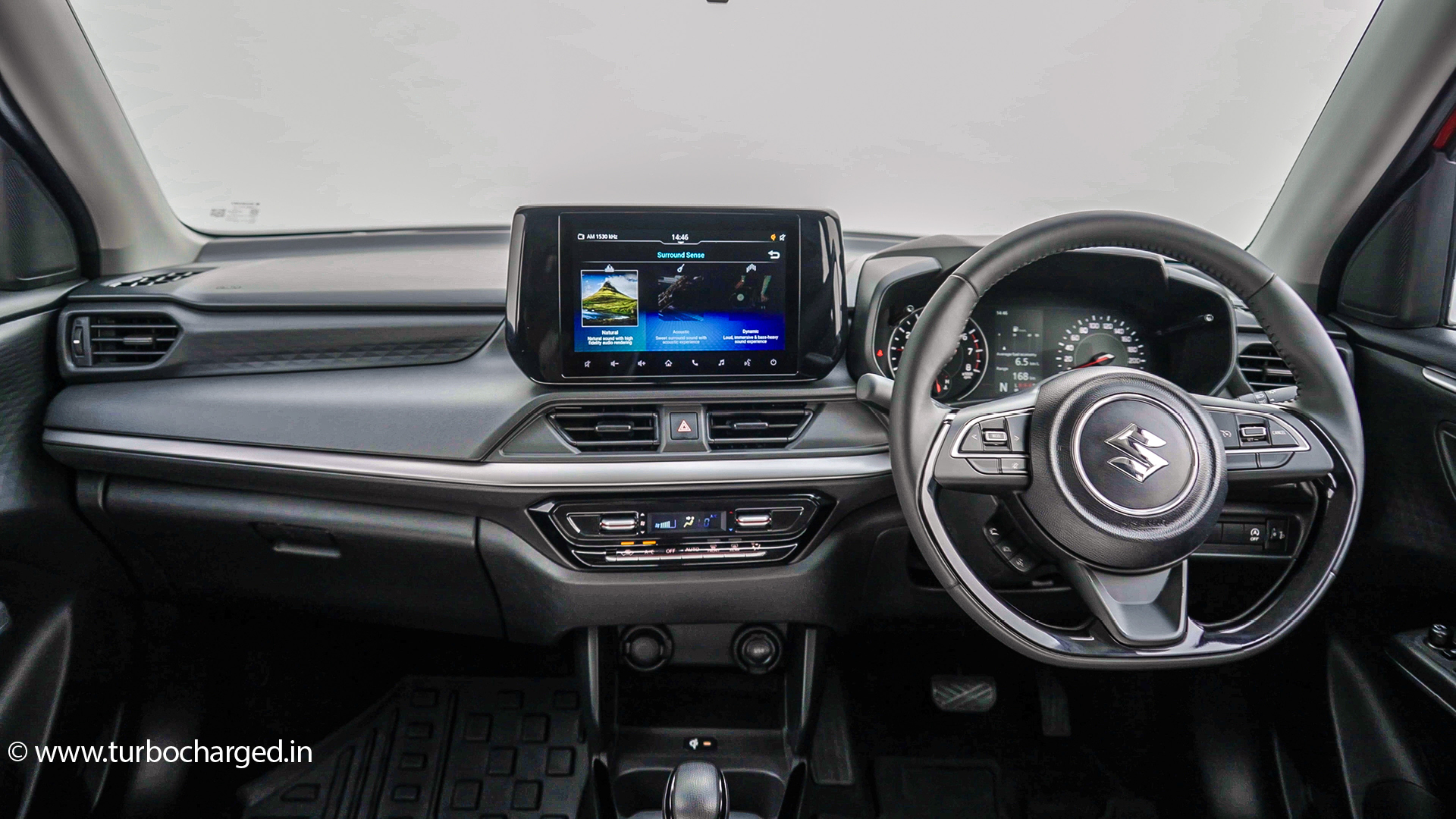
There’s also a clear focus on offering a more premium vibe inside the cabin too which reflects strongly in the new dashboard design. The textures on the dashboard and sense of spaciousness despite the all-black theme add to this feel. A larger, 9.0-inch touchscreen takes centre stage and while the screen itself looks good, its surrounds extend a bit too much on either side. Quality of plastics impresses, though some use of soft touch plastics would have elevated the cabin’s premium quotient further. The steering wheel remains unchanged and looks nice with its flat-bottom, while the instrument cluster looks impressive, given the design of the dials. It’s also nice to see analogue dials and not a display – they are more pleasing to look at and go well with the Swift’s positioning. Seats feel sporty and there’s little to complain about in terms of support or comfort.
The rear bench is comfortable and legroom and kneeroom are impressive, ensuring the Swift will continue appealing to family car buyers. The rear half of the cabin feels roomier now as rear door handles are positioned conventionally and do not reduce the glass area, which is yet another positive. Seating three abreast isn’t a problem but the rear AC vents will need the person sitting in the middle to manage around them. The new Swift also comes loaded with features and technology – you get six airbags as standard along with ESP, hill-hold assist. Creature comforts include cruise control, wireless charging, wireless Apple CarPlay and Android Auto connectivity, a reverse camera and rear parking sensors, wireless charging pad and multiple USB ports, including a Type-A and Type-C each for rear passengers.
One of the biggest changes is the switch to the all-new Z-series engine which is a three-cylinder engine. This is quite a departure from the 4-cylinder engines we’ve seen on previous iterations, besides which, this new engine is about 10 percent less powerful than the previous engine. Is that something to be concerned about? I don’t think so. Yes, the drop in power can be felt, but throttle responses are quick and fuelling is precise which makes for a likeable feel. I certainly would have liked to see this new Swift offered with the more powerful 1.0-litre Boosterjet engine I fell in love with in the Fronx. That’s a motor which will do better justice to the car’s updated Heartect platform and the impressive dynamics it brings with it. The 1.2-litre Z-series engine will suffice for most buyers but enthusiasts are sure to be left wanting for more power, and start looking at ways to extract more power from the engine.
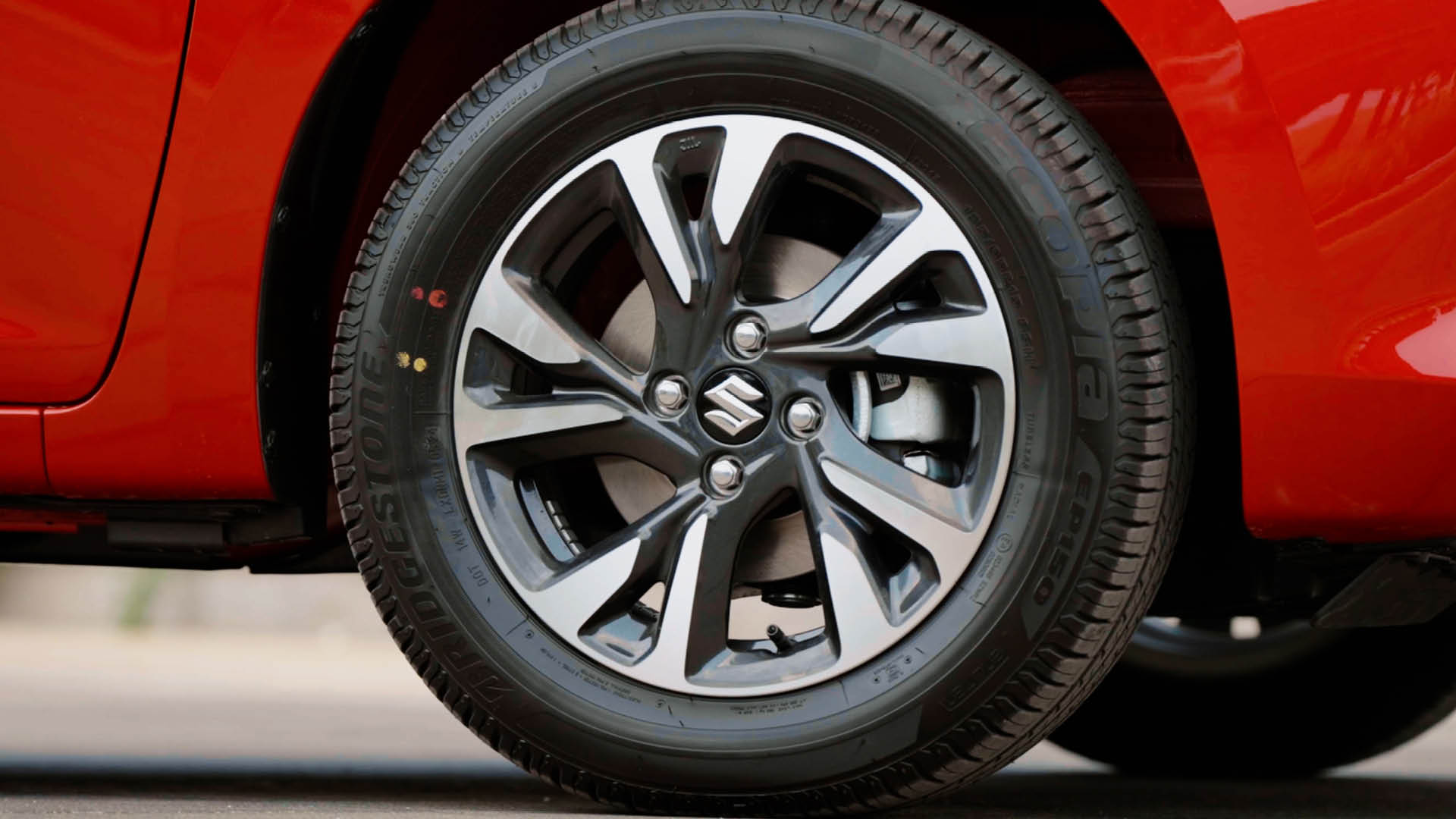
Acceleration is reasonably quick and the Swift does not feel sluggish but yes, there is a want for more grunt when driving enthusiastically. 0-100kmph times should be in the region of 14 seconds, which is slow given the Swift’s reputation as a driver’s car. That said, it should be interesting to see how the car will feel with a full load of passengers and some luggage in the boot. Slapping on a turbocharger seems like a logical solution then, something we’ve seen a lot of enthusiasts do with their Swifts previously. On the positive side, despite being a three-pot motor the Z-series engine sounds quite sporty and has a nice thrum to it. It’s also very refined and at idle, it is difficult to gauge whether or not the motor is running. The biggest talking point about this new engine though has to be its stupendous fuel efficiency. ARAI-certified efficiency stands at a lofty 24.8kmpl for the manual version and an even more staggering 25.75kmpl for the AMT version.
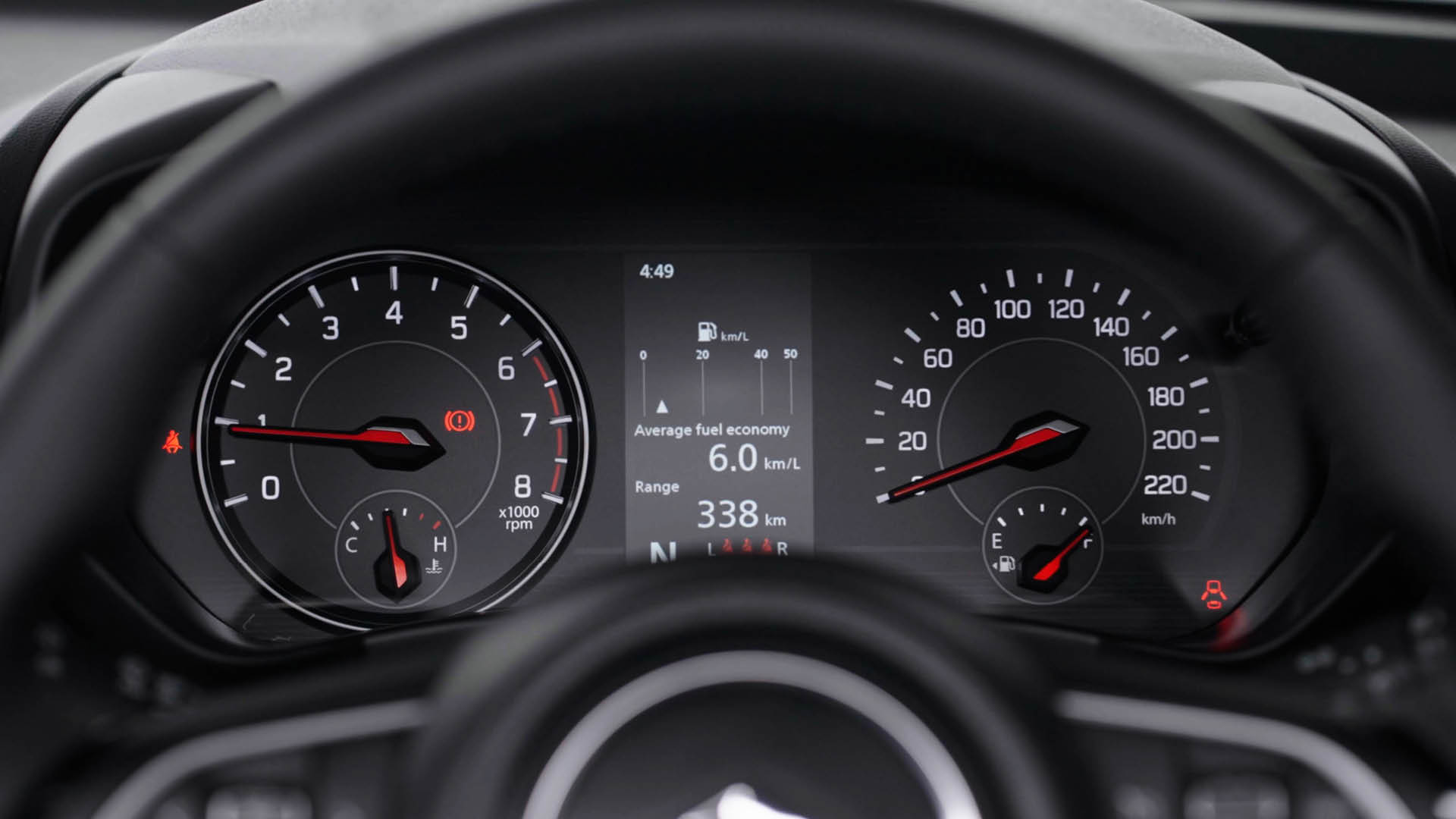
That’s impressively close to the Grand Vitara’s strong hybrid’s ARAI-certified number of 27.97kmpl – all from a three-cylinder naturally aspirated engine! The Swift’s low kerb weight of 920kg for the manual and 925kg for the AMT. The Swift has always been a ‘mileage champion’ and the Z-series engine should ensure it’ll continue to be seen as one and impress buyers looking for a car that’s light on the wallet with its excellent fuel efficiency, even in bumper to bumper metro city traffic. Now let’s talk about the one aspect about the Swift that’s always brought a smile to my face, the handling. We’ve always hailed the Swift as sporty and fun to drive thanks to its responsive steering, agility and confidence around corners and I’m happy to report, this new Swift retains that sporty DNA. There’s a very direct feel to steering responses, something we experience amply driving on a specially set course, besides which I also liked the steering system’s behaviour when going fast around bends.
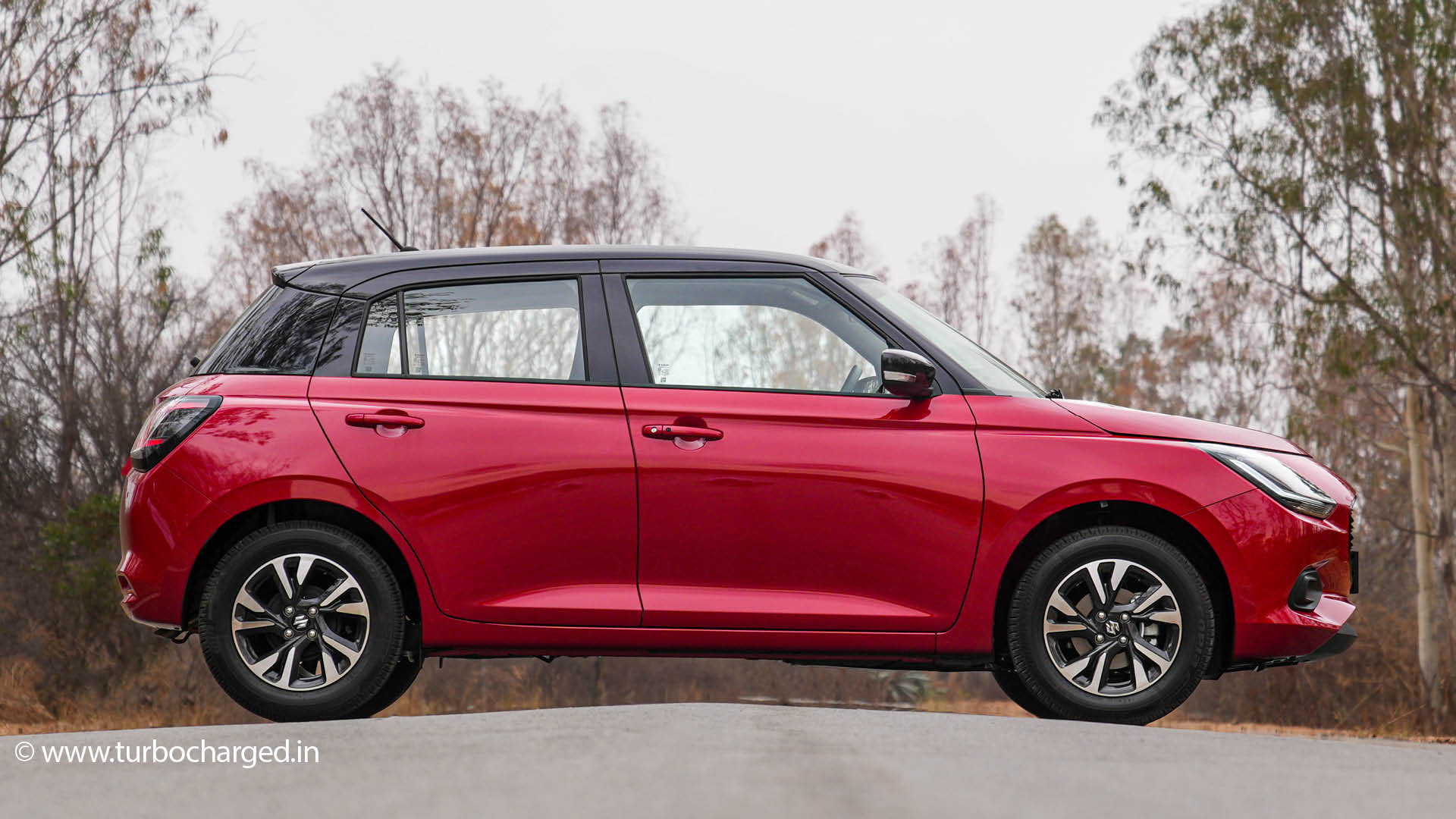
It’s a car that’s easy to fall in love with for its handling in fact, whether you’re a petrolhead or just the average Joe looking for a car that’s easy to drive. The car feels light and easy to manoeuvre, affords excellent confidence at highway speeds with its stability and holds its line well around corners. And yes, thankfully, electronic parking brakes are yet to make their way into this segment which means the Swift continues to use a manual handbrake which I was yanking at will to go sideways. The new Swift retains its sporty streak and is ever-willing to hang its tail out, while the direct steering makes sure you can catch the slide as soon as that happens. Also impressive is the ride quality. This new Swift retains the older versions’ likeable ride and ensures bad roads are soaked up with aplomb, ensuring excellent comfort. Overall, the Swift certainly lives up to its tag of being a brilliant handler that’s also high on passenger comfort.
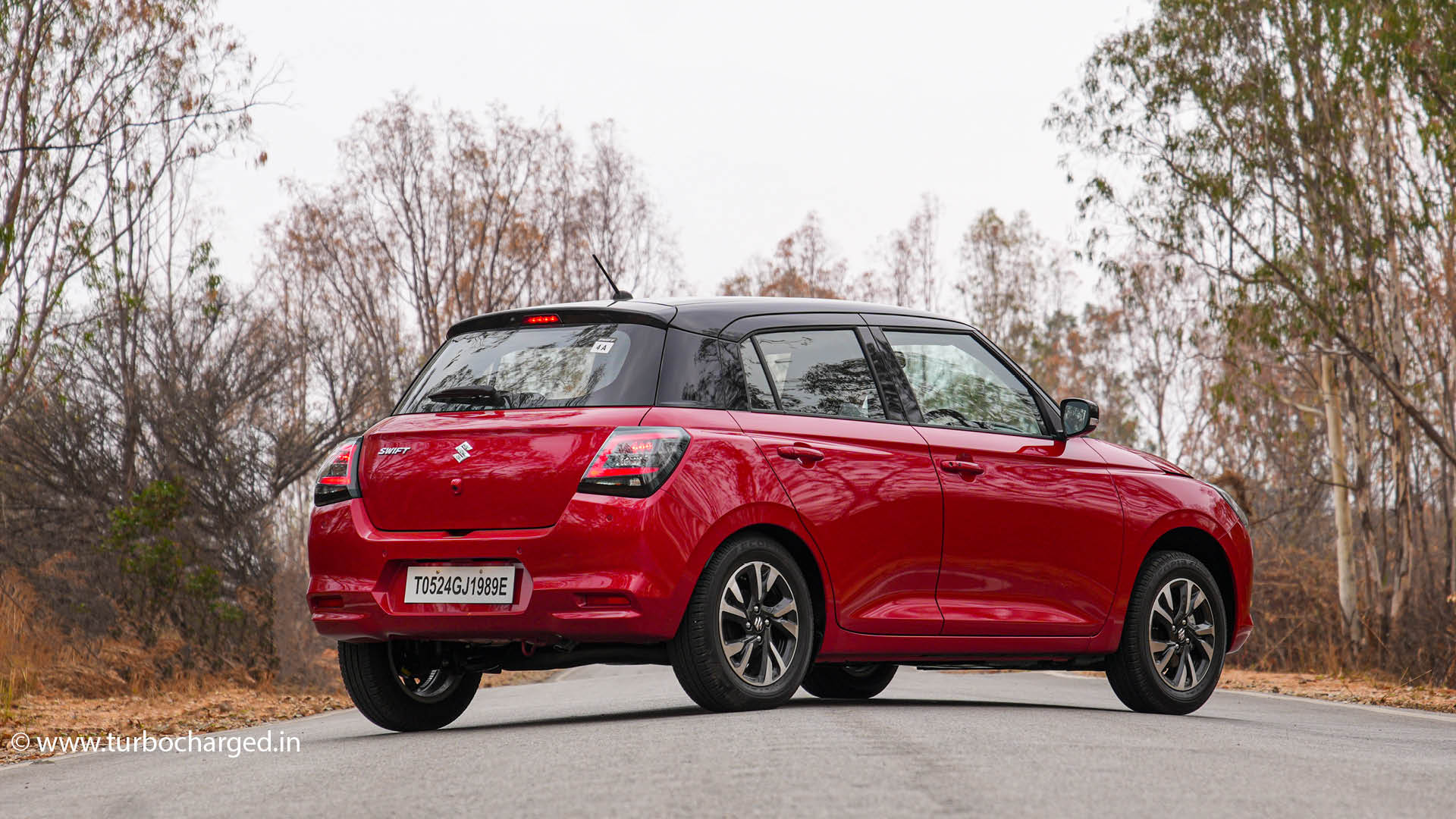
So good news is that this new Swift retains the characteristics that have helped its previous generations enjoy immense success. As an enthusiast I’m really hoping an RS version with the Boosterjet is on its way though, because apart from the engine there’s little else to complain about. And with prices beginning from ₹ 6.50 lakh ex-showroom, this new Swift could just prove to be the perfect catalyst to bring hatchbacks back in vogue, a bodystyle we all love!





